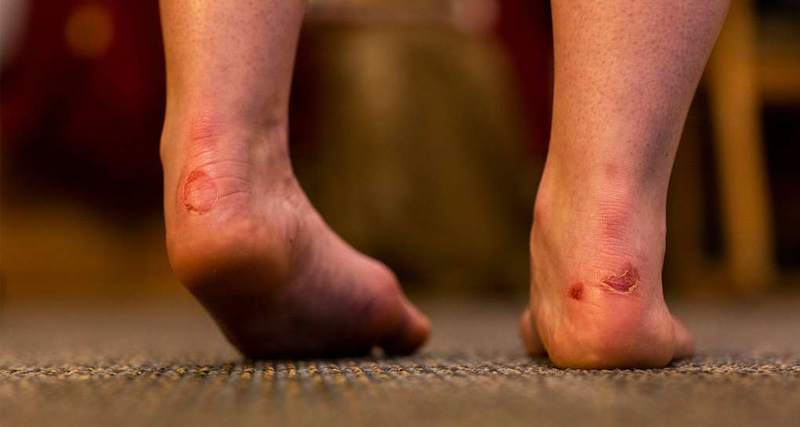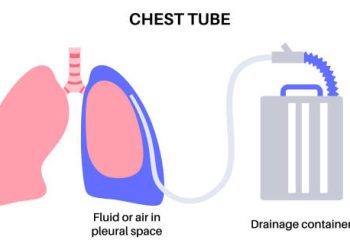Blisters – Overview
Blisters are small pockets of fluid that form under the skin, usually in response to friction, heat, or irritation. The fluid inside is typically clear serum, but in some cases, it may contain blood (blood blisters) or pus (signs of infection). While they are usually harmless and heal on their own, they can be painful, prone to infection, and interfere with daily activities if not managed properly.
Blisters are very common across all age groups. Most people have experienced blisters on the feet from tight shoes, hands from manual work, or sunburn sores after excessive sun exposure. In South Africa, blistering from heat, insect bites, poor footwear, and skin infections is particularly frequent in both urban and rural settings.
Types of blisters:
- Friction – caused by rubbing, commonly on feet and hands.
- Burn – due to heat, chemicals, or sunburn.
- Blood – from pinching or bruising of blood vessels beneath the skin.
- Infectious – such as those seen in herpes simplex or chickenpox.
- Allergic reaction – from contact with irritants or allergens (e.g., plants or chemicals).
Symptoms of blisters:
- A raised bump filled with fluid
- Redness or swelling around the area
- Pain or tenderness
- Itching (especially in viral or allergic causes)
- Skin tightness or sensitivity
Common causes:
- Tight or ill-fitting shoes
- Repetitive movement (e.g., raking, digging, sports)
- Severe sunburn or scalds
- Skin reactions (e.g., dermatitis)
- Medical conditions like eczema, impetigo, or shingles
- Certain medications or autoimmune diseases
Although most are not dangerous, complications can arise if the skin breaks or if bacteria enter, leading to infection. Some may also indicate underlying illness, especially if they recur frequently or appear alongside fever, fatigue, or rashes.
👉 [Next: Causes and Types of Blisters]


